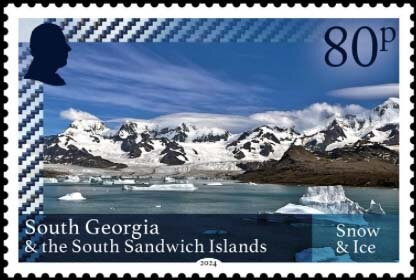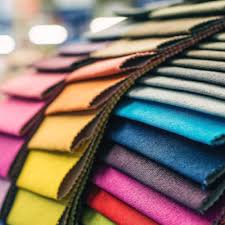Stamp: Snow and Ice (South Georgia and The South Sandwich Islands 2024)
Snow and Ice (South Georgia and The South Sandwich Islands 2024)
23 October (South Georgia and The South Sandwich Islands ) within release The South Georgia Tartan : Views of South Georgia (2024) goes into circulation Stamp Snow and Ice face value 80 Falkland Islands penny
| Stamp Snow and Ice in catalogues | |
|---|---|
| Colnect codes: | Col: GS 2024.10.23-01 |
Stamp is square format.
Also in the issue The South Georgia Tartan : Views of South Georgia (2024):
- Stamp - Antarctic Fur Seal (Arctocephalus gazella) face value 1.85;
- Stamp - Burnet (Sanguisorba officinalis) face value 1.40;
- Stamp - Coastal Fringe face value 1.25;
- Stamp - King Penguin (Aptenodytes patagonicus) face value 1.55;
- Stamp - MV Pharos face value 2.05;
- Stamp - Snow and Ice face value 80;
Stamp Snow and Ice it reflects the thematic directions:
A landscape is the visible features of an area of land, its landforms and how they integrate with natural or man-made features. A landscape includes the physical elements of geophysically defined landforms such as (ice-capped) mountains, hills, water bodies such as rivers, lakes, ponds and the sea, living elements of land cover including indigenous vegetation, human elements including different forms of land use, buildings and structures, and transitory elements such as lighting and weather conditions. Combining both their physical origins and the cultural overlay of human presence, often created over millennia, landscapes reflect a living synthesis of people and place that is vital to local and national identity. The character of a landscape helps define the self-image of the people who inhabit it and a sense of place that differentiates one region from other regions. It is the dynamic backdrop to people’s lives. Landscape can be as varied as farmland, a landscape park, or wilderness. The earth has a vast range of landscapes, including the icy landscapes of polar regions, mountainous landscapes, vast arid desert landscapes, islands and coastal landscapes, densely forested or wooded landscapes including past boreal forests and tropical rainforests, and agricultural landscapes of temperate and tropical regions.
Textile is an umbrella term that includes various fiber-based materials, including fibers, yarns, filaments, threads, and different types of fabric. At first, the word "textiles" only referred to woven fabrics.However, weaving is not the only manufacturing method, and many other methods were later developed to form textile structures based on their intended use. Knitting and non-woven are other popular types of fabric manufacturing. In the contemporary world, textiles satisfy the material needs for versatile applications, from simple daily clothing to bulletproof jackets, spacesuits, and doctor's gowns


